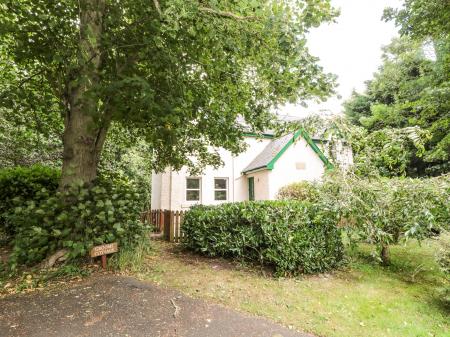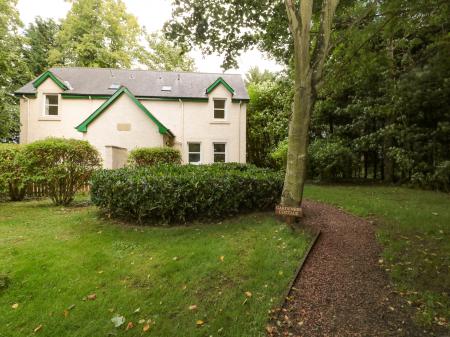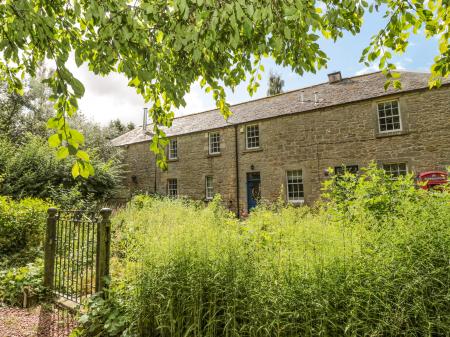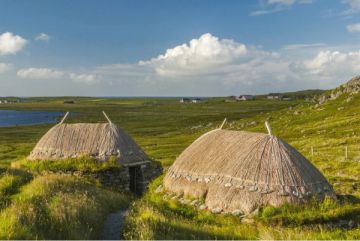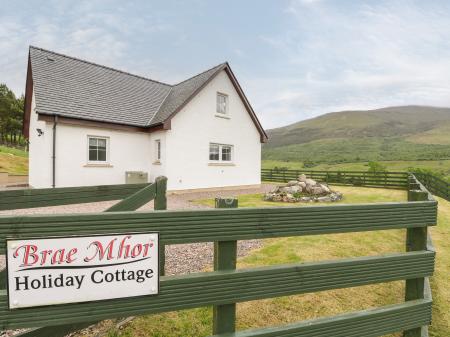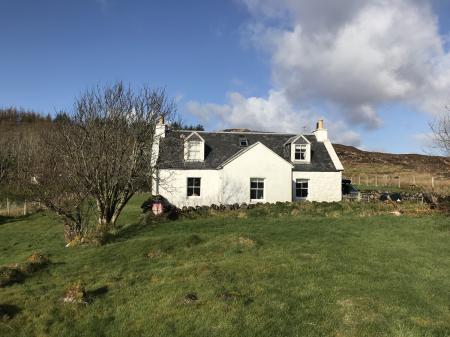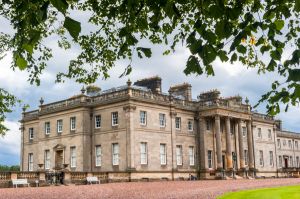
The stables, arguably the finest in the world, feature teak and tiled troughs and marbled panels. The house contains the largest private collection of Blue John (a rare semi-precious stone found only one place in the world - Derbyshire). The estate's huge gates are gilded and surround formal gardens and woodlands. One final feature is the 'Marble Dairy' made with marble from seven countries.
History of Manderston
Manderston is perhaps the finest example of an Edwardian country house in Scotland. It was built for Sir James Miller, who called on architect John Kinross to realise his vision of a house that expressed his status and wealth. Miller's new house replaced an older Manderston created around 1790 for Dalhousie Weatherstone.
In 1855, the Manderston estate was purchased by Richard Miller. On his death, the estate passed to his younger brother, William Miller. This William Miller was the great-great-grandfather of Lord Palmer, who resides at Manderston today.
In 1890 Miller married Hon. Eveline Curzon, of Kedleston Hall in Derbyshire. Perhaps hoping to impress his father-in-law, Miller embarked on an ambitious programme of remodelling Manderston, creating in the process an almost perfect Edwardian house, stable blocks, and gardens.
When Miller returned from the Boer War he asked Kinross to help rebuild the house. Kinross, not unnaturally, asked his employer how much money he wanted to spend. Miller famously told him, 'it simply doesn't matter'. Kinross must have been elated to have an unlimited budget; he certainly spared no effort in creating an exquisitely decorated, elegant house in symmetrical Georgian style.
Visiting Manderston
I've visited a lot of historic houses around Britain over the last half-dozen years. In fact, I'd be surprised if anyone in Britain has been to more historic houses than I have (whether that's a good thing or not I'll leave you to judge!). Hand on heart, I would say that I have not enjoyed any of them more than Manderston, even though we visited on a grey, drizzly day when the heavens opened full force before we had finished our visit.
I was bowled over by the wonderful interiors; the mix of elegant plasterwork and sumptuous decoration made each state room a deliciously wonderful experience. Manderston is not, I should hasten to add, overwhelmingly ornate, in the fashion of, say, Blenheim Palace.
The state rooms on view are refined more than overpowering, fascinating rather than opulent. And, my word, the gardens deserve more than a special mention; Manderston has, without a doubt, some of the most attractive, enjoyable formal gardens I have ever encountered.
Even the terraced garden area below the house, which we visited during a steady rain, was lovely. I can honestly say that Manderston is one of the finest, most enjoyable houses and gardens I have ever visited in Britain. If you have the chance to visit, please do!








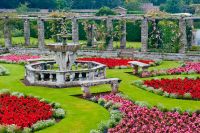



 We've 'tagged' this attraction information to help you find related historic attractions and learn more about major time periods mentioned.
We've 'tagged' this attraction information to help you find related historic attractions and learn more about major time periods mentioned.